Previously we have written about VR entertainment, but location based entertainment is becoming so significant part of this market that deserves special mention here. Location based entertainment (LBE) is also called “out of home entertainment” or “interactive multiplayer entertainment centers”. In any case, LBE is held to imply any kind of entertainment which is tied to a specific place outside your home.
What is location-based entertainment? The term LBE is applied to a whole group of entertainments, such as theme parks, large scale arcades, bowling alleys, pools, water parks, casinos, movie theatres and many others. Despite the fact that it would be logical, sports are usually not referred to location based entertainment.
Here we will talk about the main high-end LBEs such as VR theme parks and large-scale arcades, the places where visitors go for playing high-end multiplayer interactive computer games.
The VR development and customer adoption of VR at the beginning of 2017 were a little bit slower than it had been expected earlier. Not corresponding to so optimistic forecasted sales mobile and in-home VR hardware induced location based entertainment VR to grow. If you follow this area, you certainly know many of the following examples of increasing interest in location based entertainment VR for last 2 years:
- Disney invests in The Void which is a part of the Disney Accelerator and makes partnership with The Void on a Star Wars “hyper-reality” experience.
- IMAX opened their first VR center in 2016 and welcomed 50 000 visitors in its L.A. location as of right now in 2017.
- HTC invests all the revenues Q4 2017 in developers that are part of its Viveport Arcade Manager (platform for VR developers and operators who want to introduce out-of-home VR experiences).
- Two Bit Circus raised $15 million for launching a “micro amusement park” in 2018 that uses virtual reality and other interactive technologies.
- Nomadic raised $6 million to create location-based retail experiences that users can physically feel in 1Q 2018.
- Spaces raised $6.5 million in a round led by Chinese theme park company Songcheng. Songcheng will add VR and MR to its theme parks. Moreover, they claimed they planned to build standalone VR attractions and parks throughout China.
- Zero Latency opened VR arena in the MGM Grand Las Vegas hotel.
- VRstudios created first in the world 8-player arena scale VR game that is called Terminal 17.
Perhaps, only these events are enough to argue that LBE will (or has already become) a trend for the next few years.
At this stage 360 videos are considered to be obsolete content for VR. The audience expects more immersive and interactive VR experience. IMAX, The Void, MK2 are the high-end immersive location based entertainment examples in demand. Offline shopping malls try to attract more consumers by means of location based entertainments. China is the country where LBE points in shopping centers are opened especially fast. It happens because online shopping is highly cultured, and people do not go to shopping malls just for shopping.
Thus, the requirements to the location based entertainment are increasing and the developers are trying to match them or stay ahead of the times.
According to Yitian Han and Bin Gu, the founders of Yue Cheng Technology, people expect engagement and collaboration with their friends of the virtual reality environment. This is the key factor of LBE success, in their opinion.
Yue Cheng Technology is the startup that established world’s first professional virtual reality cinema with in partnership with HTC Vive and China Gome Group (Chinese major electronics retailers with a network of more than 2000 stores in more than 400 cities in Mainland China. Also, the company is working on building the largest, high quality VR content platform in China.
Yue Cheng Technology has recently adapted the multiplayer walking space VR games in their cinema, as their founders think that all the kinds of XR should be included in LBE. As Yitian Han and Bin Gu state, now the main challenge in front of location based entertainment is to invent an engaging narrative and to create a unique way to interact with the player.
Virtual reality arcades
Virtual reality arcade (VRcade) is VR genre of entertainment that is characterized by a short time, but intensive gameplay. The minimum set of conditions that VR arcade experience requires is a playground of several square meters, an HMD, and controllers.
VRcades is one of new focus areas in virtual reality, which has been flourishing just for 2 previous years. In addition to the mobility, arcades are also good in that they can be played together, and socialization in games is an important factor, attracting more people.
According to Forbes, the entry costs to virtual reality amount to approximate $2000 a system. It is unlikely that many people are willing to shell out twice as much for 2 systems just for fun. Furthermore, according to Ryerson University associate professor Ramona Pringle, “VR arcades can offer a more engaging experience than in-home systems”. Yet this is only true over the medium term. As virtual reality systems become cheaper, VR arcades will have to provide a unique and more immersive experience. Jessica Gray, VR World’s marketing director also supports this point of view: “Most casual home users probably aren’t inclined to invest the necessary money or space in the sensor tracking needed for a fully immersive VR experience.”
Whatever it be, many entrepreneurs continue to set up virtual reality arcades all over the world. It is called next influential phenomenon in such areas as gaming, interactive art and entertainment generally. Greenlight Insights estimates that VR arcades and other LBE & leisure destinations will amount from $579 million in 2017 to $8 billion industry by 2022. Also big events in this field, for example, VR Arcade Summit 2017 by Greenlight Insights, started to be organized.
“People are seeing the business opportunity in virtual reality arcades.”
Frank Soqui, general manager of VR and gaming at Intel
Location based entertainment VR China
One year ago Viveland was opened by HTC in Taipei. It’s a 330 square meter virtual reality arcade. Raymond Pao, vice president at HTC Vive explained that the arcade was created, firstly, to showcase VR and, secondly, to discover the best model for a VRcade business.
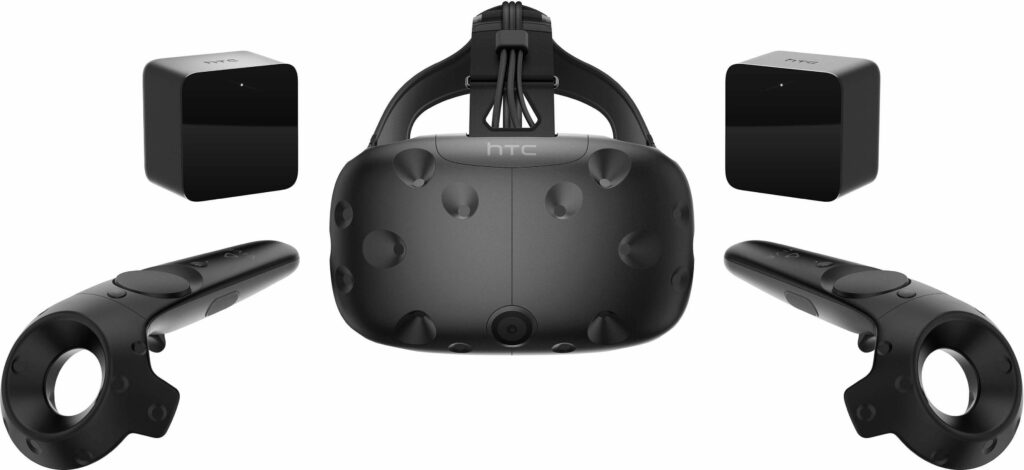
Naturally, the largest number of arcades appears in Asia. According to Vive, 3 000 places with VR arcades were opened in China alone in 2016.
Canada
House of VR
In May 2017 House of VR was opened in Toronto. It is the space that let you immerse into the state-of-the-art VR experience.
According to the words one of the founders, Jonah Brotman, House of VR is all out for becoming “a central hub for art, tech, and culture”.
“Most people think VR is 5 to 10 years away, we say just come in and see it, and your mind will be blown.”
Jonah Brotman, co-founder of House of VR
Also, Brotman forecasts that time will past and people will get bored of virtual reality as we know it now. As the co-founder plans not to develop House of VR exclusively as a place for games.
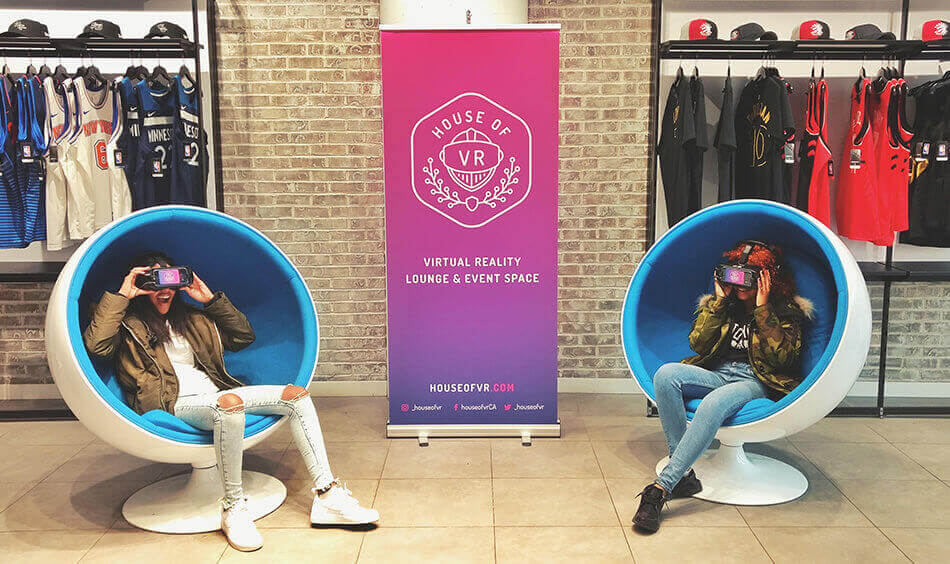
CTRL V
CTRL V is another chain for virtual reality located in Canada. The first space was opened in 2016.
The concept of the arcade was to provide VR games for everyone. CTRL V gave entertainment for people from 6 to 72. Ryan Brooks, the man behind Ctrl V in Waterloo, said that anyone who isn’t particularly fond of playing video games can get into the VR system and it would be a fascinating experience.
Such a statement is confirmed by the statistics. After 7 months from the opening, Ctrl V in Waterloo was attended by 12 thousands of unique visitors. All in all, Ctrl V currently manages more than 40 custom-made VR stations.
The distinctive feature of Ctrl V compared with many other arcades is in-house development team and proprietary software. Such a software gives the experiencers the opportunity to preview, load and exit games of their own free choice. In addition, this decision reduces staff costs.
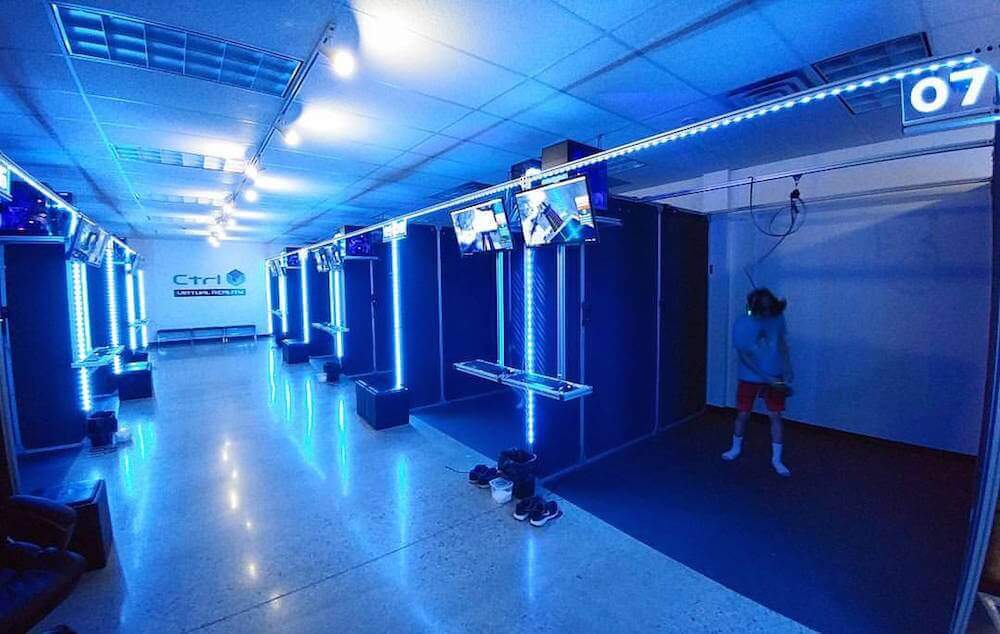
It’s interesting that this place is not only for entertainment but also for research. The University of Waterloo Games Institute uses CTRL V for conducting research. “It’s so outside the scale of just gaming…. This is where we start, but there’s a lot more to come,” operating manager of CTRL V said.
The long-term aim of CTRL V is to bring VR into the masses and to speed up the adoption of virtual reality.
America
The Void
The Void is the most famous franchise of VR arcade entertainment. It opened in July 2016 with a Ghostbusters-themed VR attraction in NY as a part of eponymous movie’s advertising company.
The Void experience is comprised of motion tracking, haptic feedback and trick effects for exploration and interaction with an artificially created virtual environment.
The Void arcade is very immersive. Besides virtual reality suits with vibrators, special equipment and foam walls are used to ensure tactile feedback. Сustom-built equipment includes mist machines, heat lamps, torches and guns.
IMAX VR
Another giant of VR arcade industry is IMAX VR.
The first IMAX VR Experience Centre was opened in Los Angeles in January 2017, then founded another one in NY in May. Afterwards, IMAX VR spaces were set up in Toronto and Shanghai.
So far, 5 000 visitors have got through IMAX VR Experience in LA form its opening. As IMAX сlaim, 90% of them were satisfied with the experience overall and the revenue increases 75% weekly.
IMAX came into virtual reality industry as an experiment, and it looks like this is a successful way. IMAX is occupying a niche in this growing market, relying on the strategy of combination films and virtual reality. It is clear that IMAX has unquestionable advantages and expertise in the first domain in comparison with other players.
In March IMAX and Warner Bros announces about their partnership. So far, the companies claimed that will make 3 VR experiences: “Justice League”, “Aquaman” and one more, still undisclosed title.
IMAX has already founded their first center in Europe, in Manchester. It happened in November. According to Giovanni Dolci, managing director for Europe and Africa at IMAX, New VR space in Manchester places a premium on interactivity, multiplayer and social experience during gaming. Also, the new stuff concerns the increase of the amount of stage property such as motion seats. In general, the majority of efforts are focused on creating a more immersive VR experience.

However, Imax still sizes up virtual reality as a way to entertain people.Chief business development officer of IMAX, Rob Lister, in the interview to Variety that the company will get feedback from customers, estimate the demand and arrive at a conclusion if it is ready for broader expansion of VR centers globally.
Also, there are major companies that deal with VR arcades as Virtual World Arcade, VOXEL VRP in Minnesota, VRStudios (VRcade) in Australia and many others, of course.
The global VR/AR Association numbers almost 4 000 companies worldwide, 400 of which are arcades.
The VR/AR Association global executive director, Kris Kolo, said that most of the arcades are represented by small independent organizations often run by VR amateurs.
Arcades trend stays on top, as LBE in general, because mass adoption of HMDs turned out to be not so fast as it had been expected earlier. Every customer can afford an hour experience in arcade instead of purchasing over-priced hardware VR equipment. The emergence of arcade centers is also beneficial for content creators in terms of extra revenue. For the time being, arcades are the focus of particularly intense scrutiny by VR developers, investors, startups and consumers as motive force of VR industry.
Virtual theme parks
When VR developers and investors realized that arcades is really a promising trend, then that entailed higher stakes on virtual reality. VR theme parks need much more investments than arcades.
On the one hand, if they started to appear, then the raise interest in virtual reality at the grass-roots level is inevitable, on the other hand, demand and high customer expectations will encourage technology to develop further.
Oriental Science Fiction Valley theme park – the first VR theme park
Oriental Science Fiction Valley theme park is situated on the territory of East Science Valley, in Guizhou, one of China’s poorest provinces and is supposed to cover 330 acres.
East Science Valley appeared as the result of the partnership between Guizhou Ssangyong Airport Economic Zone Administrative Committee and Dongfang Times Network Media Co., Ltd.
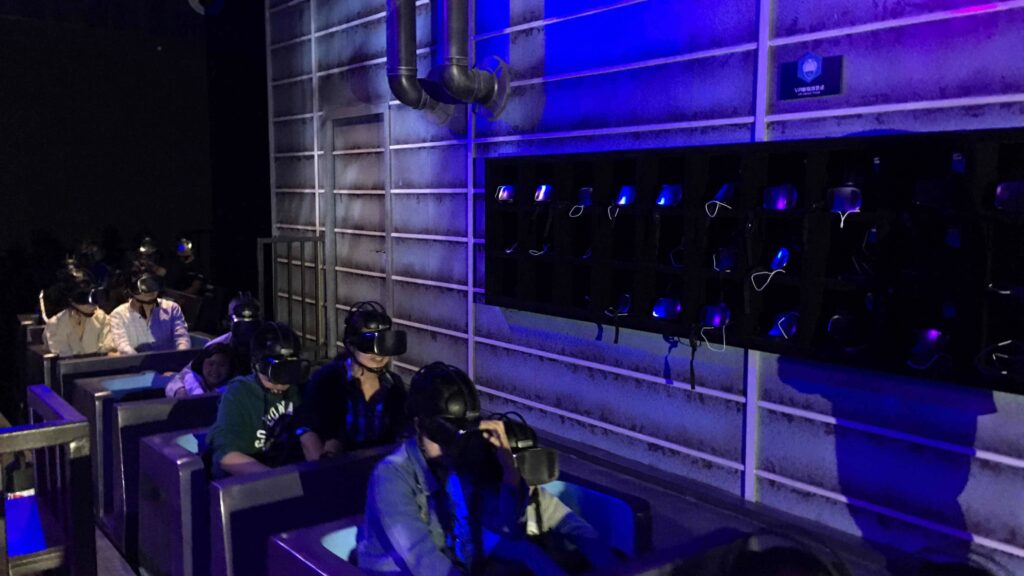
The park is going to show VR, AR, holographic, and other state-of-the-art technologies in Guiyang. According to Business Insider, investments in VR park amounted to $1.5 billion up until now. The opening is scheduled for February 2018.
There will be several zones in the park. The first area will cover XR (VR, AR, MR) and other immersive technologies. The other part of the territory will be dedicated to the visitors, and also R&D department and virtual reality movie-making studio.
The singularity of Oriental Science Fiction Valley theme park lies in the fact that it’s the first theme park entirely devoted to VR. In addition, this is the first VR theme park with such amount of investment.
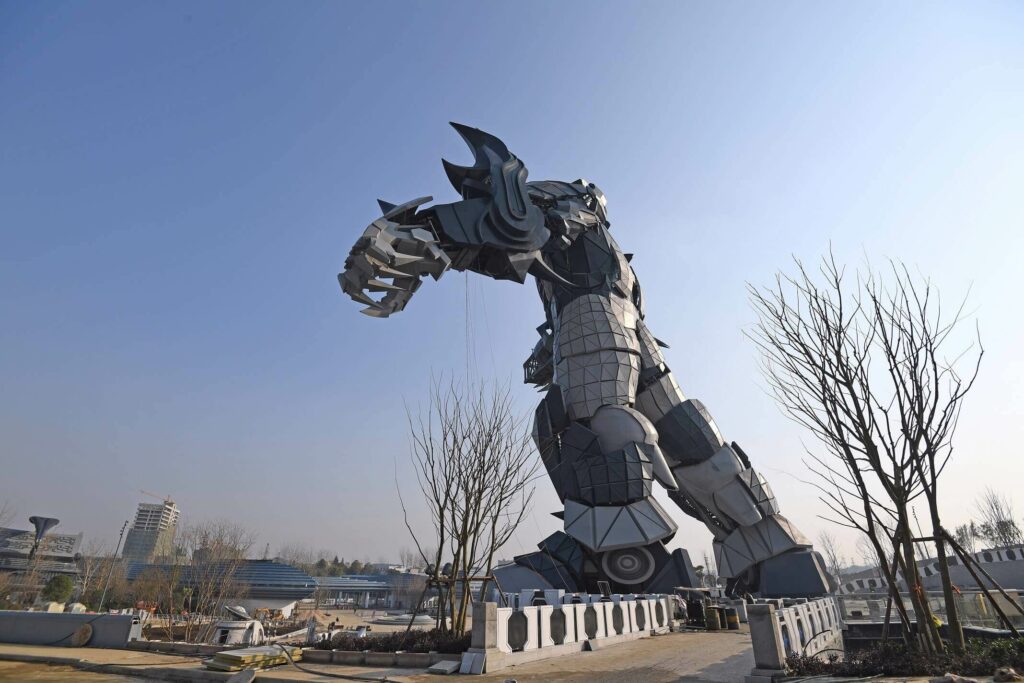
Adores VR Park Tokyo
Adores VR Park in Tokyo was opened at the end of 2016. After a year it became clear that it attracts about 9 000 experiencers a month.
As the president of the VR Park Tokyo, Manabu Ishii says, that when the park has just opened, basically people from the VR world came to them. But now in 2017 VR is of interest to mainstream audience.
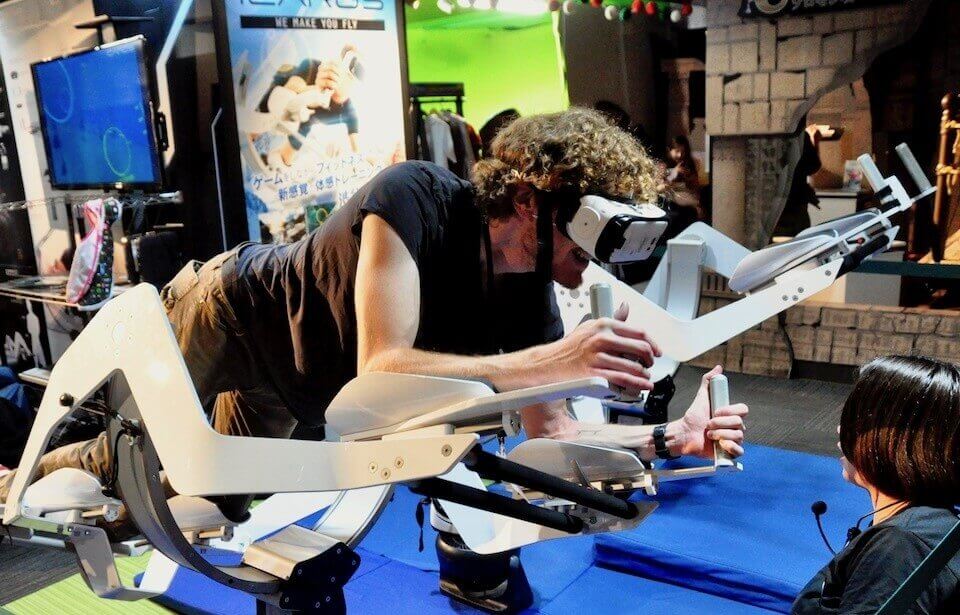
Shibuya VR Land
Theme park firm Huis Ten Bosch Co. founded VR theme park called Shibuya VR Land in Japan.
You can find in Shibuya VR Land 5 different sets of entertainment content such as space shooter, Impending Whisper of Love, musical game, escape game and battle against enemies.
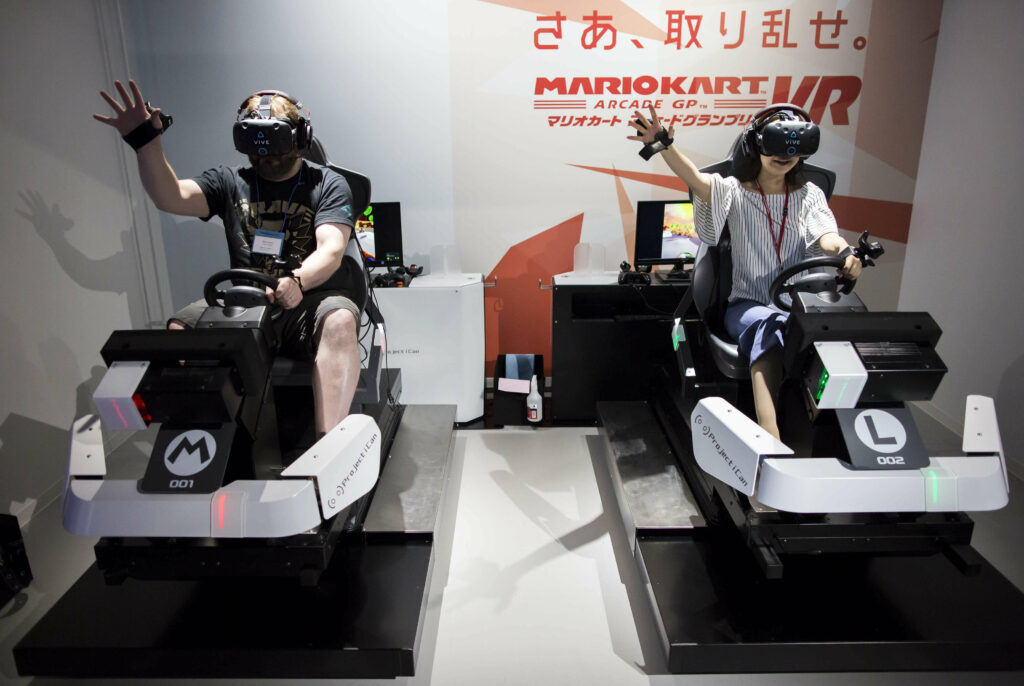
VR Zone Shinjuku
It’s a new VR center in Shinjuku district (Tokyo) occupying 3,500 square metres. VR Zone Shinjuku opened in summer 2017. There is a possibility to play 13 games there in HMD, shoes, and gloves equipped with Vive Trackers.
Junichiro Koyama, an executive producer at Bandai Namco in charge of the VR project, is sure that VR experience is not good at home entertainment, “because it requires space and sensory machines, like the air wall, to create an immersive experience”. It’s better provided by arcades and theme virtual reality parks.
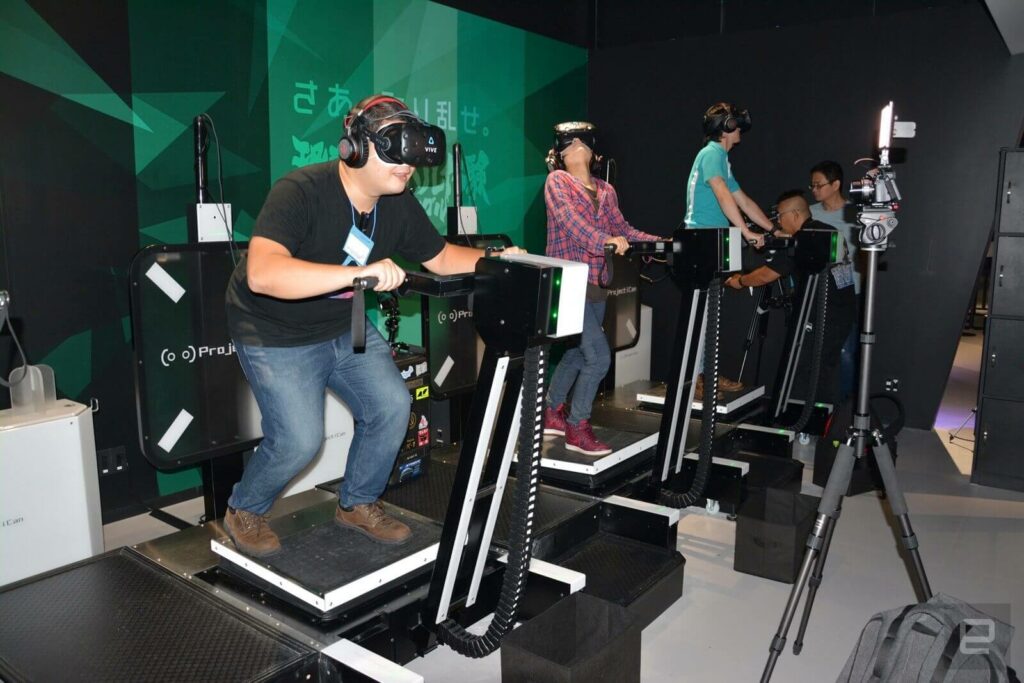
The competition among VR theme parks is rising. So far, consumers are more inclined to purchase the VR experience than hardware. Accordingly, ticket prices will just increase. The especially rapid growth of VR theme parks and arcades is observed in the Asia-Pacific region. Just look below.
Tokyo Disneyland’s parent Oriental Land Co. is going to build a new VR area in 2020. USJ Co., which runs Universal Studios Japan (Osaka), is to open a ¥60 billion virtual reality space on the base of “Mario” video game franchise by Nintendo. Renowned animation house Studio Ghibli has plans to open a VR theme park near Nagakute in the early 2020s.
AMC Entertainment announced partnership with Dreamscape Immersive. It’s startup located in LA that gathered some stars in Hollywood such as Steven Spielberg, Walter Parkes, Hans Zimmer, etc. AMC is going to open 6 Dreamscape Immersive’s VR centers in the USA and UK during the following one and half year. Earlier Dreamscape Immersive was invested by Warner Bros., MGM, IMAX, 21st Century Fox and Steven Spielberg.
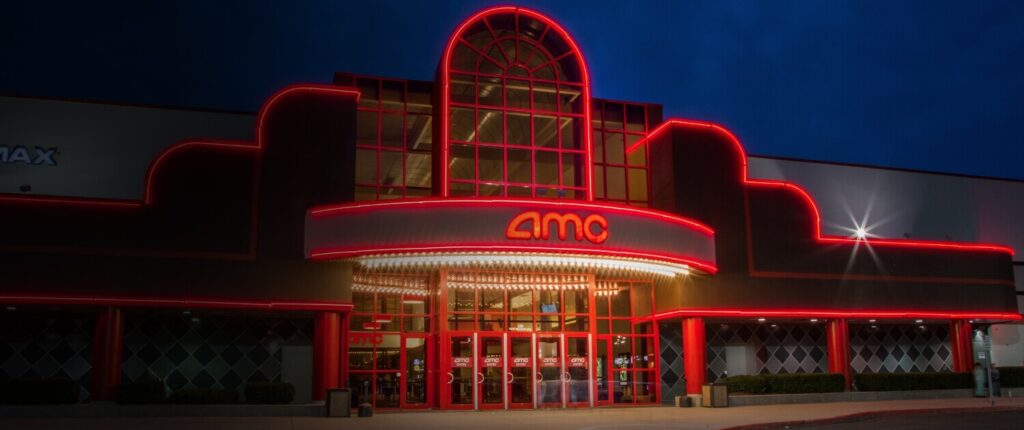
The correspondent from Verge, Bryan Bishop who took part in demo, said that Dreamscape Immersive creates theaters with experiences that includes a suit with tactile feedback, haptic floor, fans for wind, scents and motion-tracking equipment. The experiencers are walking along the barriered paths. The surroundings are not so impressive as in VOID, but probably it’s not so critical for a man wearing an HMD.
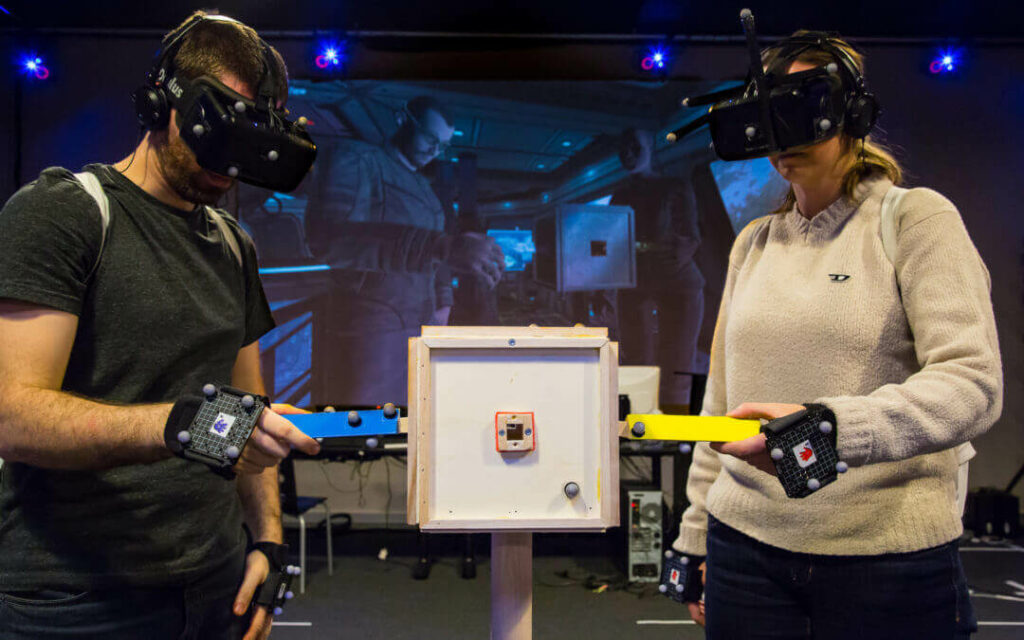
“The environments showed off an impressive sense of scale, but what sold the feeling of true immersion were those full-bodied avatars, and the tactile sensation of interacting with the environment and other participants.”
Bryan Bishop about Dreamscape Immersive demo for The Verge
Conclusion
Location based entertainment industry is becoming driving force not only for VR entertainment but virtual reality in general. Trying VR experience in arcade, the consumer will be more inclined to purchase the HMD for home use.
In addition, arcades are the platform for massive distributing of content and attracting a wide audience, what will have an effect on sales. But for this arcades must provide a unique experience that cannot be tried at home. The keys to success in this business is quality and unique content, multiplayer interaction and sensible narrative.
This is understood by many investors who are now actively investing in this sector of VR market. Nevertheless, so far most arcades, except a dozen big companies, are based by virtual reality lovers.
The VR arcade is currently at the very beginning of its golden age, but as the boundary between the home VR and the LBE is slowly erased, virtual reality arcades will likely to disappear as their predecessors. Although, of course, it will not happen soon.
